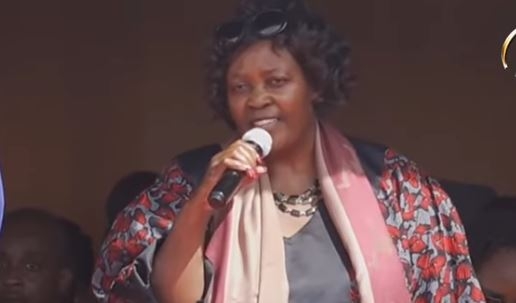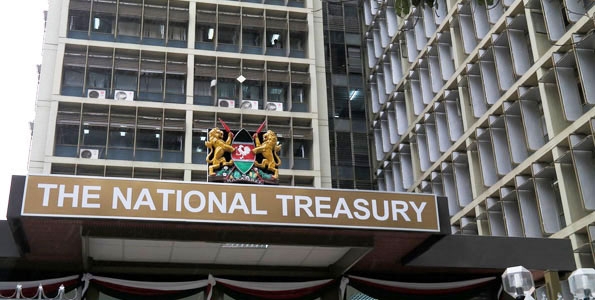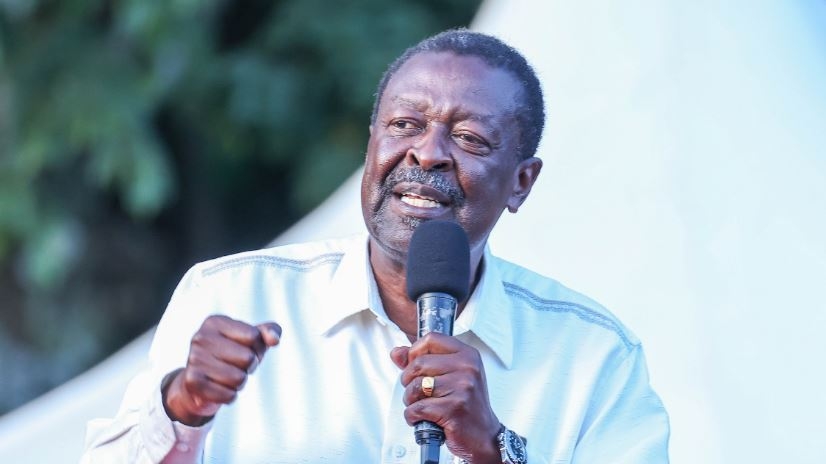The appetite for government’s short-term securities shrank
to a three-year low in last week’s auction by the Central Bank of Kenya as
yields dropped to the lowest level in 36 months.
The CBK’s weekly bulletin shows that the Treasury bills
auction on September 29, delivered a key milestone as the 182-day paper
averaged 7.9851 per cent, slipping under eight per cent for the first time
since December 27, 2021.
The 91-day bill
cleared at 7.9 per cent, the lowest since June 13, 2022, while the 364-day
paper came in at 9.5 per cent, its lowest since January 24, 2022.
Generally, the
auction received bids totaling Sh15.1 billion against an advertised amount of
Sh24 billion, representing a performance of 62.9 per cent.
Several factors explain the sustained fall in T-bill yields
over the past 12 months, chief among them the dropping Central Bank Rate (CBR)
that has triggered lower lending rates.
The apex bank has lowered its policy rate by a cumulative
275 basis points in 2025, now at 9.5 per cent, anchoring lower returns at the
short end.
Moreover, interbank rates have stayed around 9.5 per cent,
providing funding comfort to banks and investors.
However, Treasury’s intentions to lengthen maturities and
reduce reliance on short-dated bills have eased pressure on shorter tenors.
During the week, CBK announced the reopening of two
fixed-coupon Treasury bonds in October, FXD1/2018/015 (12.650 per cent, due May
2033) and FXD1/2021/020 (13.444 per cent, due July 2041), seeking Sh50 billion
for budgetary support.
The move extends a pattern of heavy reopenings in FY 2025-26,
as the government accelerates its borrowing programme to cover a projected
Sh923.2 billion fiscal deficit.
The exchequer is targeting to borrow Sh901 billion in the
financial year ending June 30, 2026, with Sh613.6 billion to come from domestic
markets and Sh287.4 billion externally.
Gross financing requirements stand at Sh1.55 trillion,
reflecting both the deficit and maturing obligations.
By the end of September, CBK had already raised well over
Sh400 billion domestically, covering more than 40 per cent of the net domestic
borrowing target for the fiscal year.
The strategy shows a clear preference for reopening existing
bonds across 15- to 25-year maturities, while the ultra-long 30-year paper has
struggled to attract demand.
Bond turnover in the
domestic secondary market decreased by six per cent during the week ending
September, closing at Sh51 billion, down from Sh54.2 billion the previous week.
The NASI, NSE 25 and
NSE 20 share price indices increased by 1.6 per cent, 1.7 per cent and 1.0 per
cent, respectively, during the week ending September 25.
Market capitalisation, total shares traded and Equity
turnover increased by 1.6 per cent, 13.8 per cent and 12.1 per cent,
respectively.
















